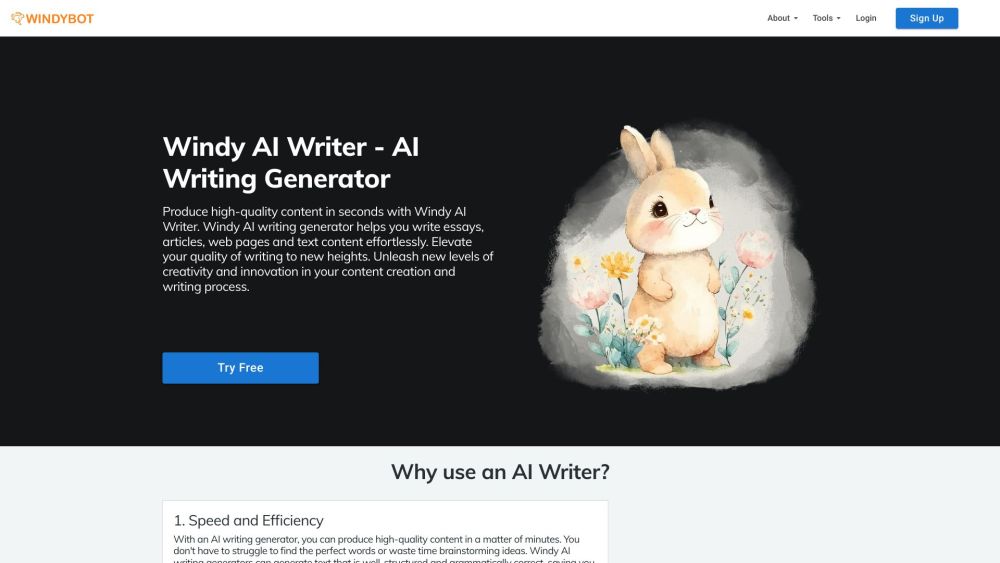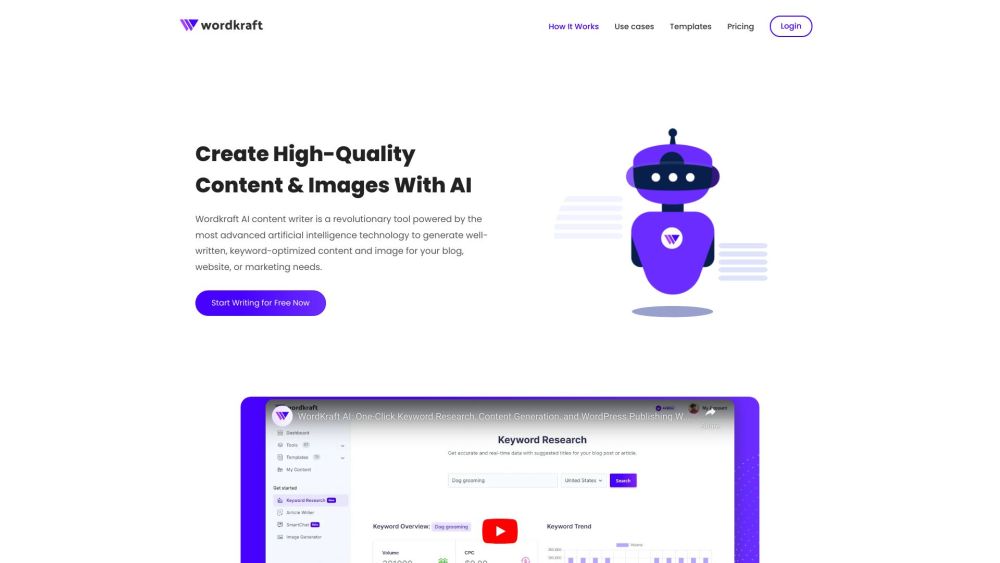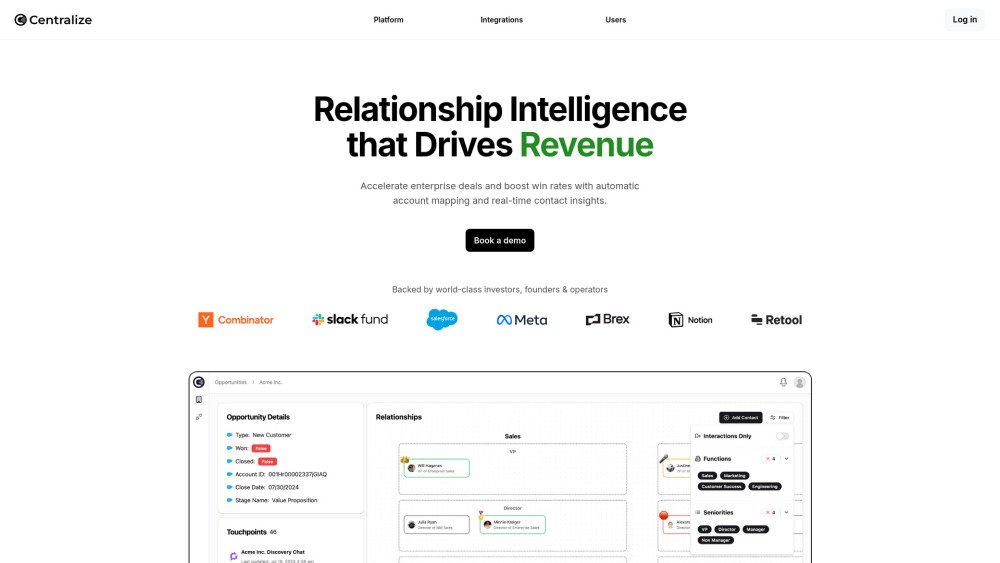Creating 3D Character Animations Made Effortless with Cartwheel
Developing a 3D character animation from scratch is often time-consuming and costly, typically involving complex software and intricate motion capture equipment. Cartwheel aims to streamline this process by allowing creators to generate simple animations with just a description, freeing them to focus on more expressive tasks.
“There hasn’t been much innovation in animation since I began my career,” said Jonathan Jarvis, co-founder and CEO of Cartwheel, and an experienced animator himself. “Many animators face a ‘blank screen’ dilemma, overwhelmed by countless buttons and options. It’s frustrating to invest hours in a project only to see little progress.”
Cartwheel addresses this initial hurdle by facilitating the transition from idea to basic movement, allowing animators to avoid getting bogged down with fundamental motions like taking a step, swatting a fly, or sitting down.
“We enable users to generate motions similar to what you’d achieve with a motion capture setup or keyframe animation, but significantly faster. Quickly visualizing your thoughts leads to better refinement,” Jarvis explained.
The interface is intentionally user-friendly, featuring a simple character alongside a text box. By typing nearly any action, users can generate a basic yet fluid animation within minutes, which can then be exported to any standard 3D editing suite. You can also explore live 3D demonstrations on their website, such as a boxing animation or a character performing a solo waltz.
The technology behind Cartwheel is entirely original. Co-founder Andrew Carr, also the company's chief scientist, shared, “We utilize multiple ethically sourced data streams, with our dedicated team labeling these motions. The motion is articulated as a matrix—a well-documented concept—incorporating poses, timing, and velocity. We correlate this motion matrix with a text description, applying consistent training to these motion-language pairs, akin to generating images or videos.”
The animations produced are “on average about 80% polished,” according to Carr. Jarvis added that while the results can be impressive and professional, they might not always be perfect. Still, the process is significantly faster and simpler than traditional animation workflows, crucial in collaborative settings where multiple artists contribute to a project and minor adjustments require extensive communication.
The models powering Cartwheel are efficient, meaning they can be cost-effective and even feasibly run on local servers.
“This is genuinely impressive,” Carr remarked. “For a video model, predicting 2,000 x 2,000 pixels at 60 frames per second is an enormous challenge. In contrast, our predictions are several magnitudes smaller, enabling smooth operation on standard CPUs or even older GPUs, allowing for faster model training.”
Jarvis foresees the possibility of generating new or updated animations in real-time, a major advancement for interactivity in gaming where characters typically rely on predetermined movements and dialogues. The software will also allow intuitive descriptions of camera angles and movements, with plans for non-human character animations in the future, although the initial focus will be on human animations, as these are the most in-demand.
Cartwheel’s approach is similar to how Wonder Dynamics revolutionized 3D character integration, prioritizing enhancements that alleviate repetitive tasks for animators without replacing their roles. The industry has increasingly adopted AI-driven tools as time-saving solutions that empower creatives, which is evidenced by Autodesk’s recent acquisition of Wonder Dynamics.
While it may be premature to speculate on Cartwheel's potential, the startup could be an attractive acquisition target due to its innovative features, or it might develop into a versatile platform, providing a robust suite of services for professional animators.
For now, Cartwheel has successfully completed its first funding round, raising $5.6 million in seed capital led by Accel, with support from Khosla Ventures, Human Ventures, Heretic VC, MVP Ventures, Correlation Ventures, Pelion VC, and various angel investors.
Cartwheel is excited to serve as one of the essential tools for animators. Interested users can sign up for beta access to try it out.
“There’s a common belief that AI will replace creative roles, but as someone who creates, I can assure you it won’t! It will lead to more animation and increased productivity for individuals,” Jarvis stated. “In the long run, this could elevate the work produced by major studios, generating innovative projects we have yet to imagine. Between industry giants like Pixar and casual mobile users, there's a vast field where creativity flourishes.”




